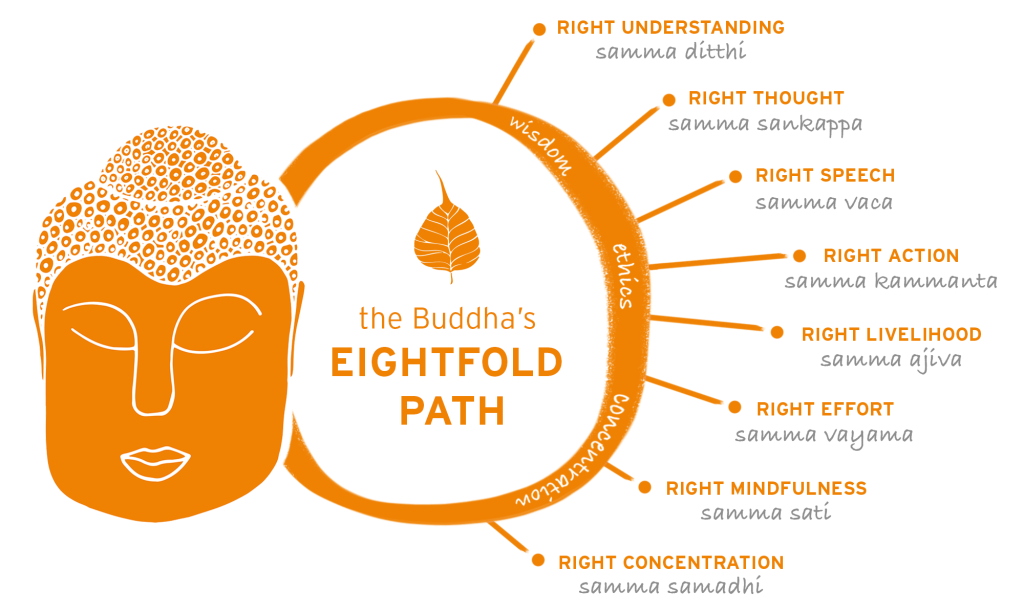From the time I began learning about World Religions as an undergraduate at Western Michigan University (GO BRONCOS!), the teachings of H.H. The 14th Dalai Lama have struck a chord with me. In particular, since March 13th, 2020 (Friday the 13th to be exact), his teaching about worry has been on my mind. While you can Google many versions of this teaching, one version is as follows: “If a problem is fixable—if a situation is such that you can do something about it—then there is no need to worry. If it’s not fixable, then there is no help in worrying.”1 Those of us familiar with Buddhism know that worry is connected to suffering, and suffering is something that those who practice Buddhism seek to remove from their lives. They go even further in this regard, and not only seek the end of suffering for themselves, but the end of suffering for all beings. While I have been reminding myself of this teaching about worry on a regular basis, I found myself paraphrasing it as follows to my live Zoom class today : If you’re worrying about something you can do something about, quit worrying about it and DO something. If you’re worrying about something you can’t do anything about, the worry is just causing you to suffer. This came up at the start of class as we were all signing on and checking in with each other. Of course, I am aware that we are all dealing with a lot of juggling in this “new world”, but it was interesting (and a little heartstring-pulling) this morning to hear many of my students offer up things they are worried about.
 Our students (and I’m sure many of us) are worried about all kinds of things ranging from unknowns around k-12 education this year to internet connectivity. From financial concerns to trying to keep the kids in the background busy long enough to get things done. So, as instructors, as learners, as humans – what can we do to worry less and balance more? I’m going to stick with the Buddhist theme here and offer some things that have helped me, drawing upon some aspects of the Eightfold Path.
Our students (and I’m sure many of us) are worried about all kinds of things ranging from unknowns around k-12 education this year to internet connectivity. From financial concerns to trying to keep the kids in the background busy long enough to get things done. So, as instructors, as learners, as humans – what can we do to worry less and balance more? I’m going to stick with the Buddhist theme here and offer some things that have helped me, drawing upon some aspects of the Eightfold Path.Let’s start with Right View. Dr. Krishnan Venkatesh, a professor at St. John’s College in Santa Fe, New Mexico addressed Right View as part of the Eightfold Path in both the modern world and historically in his article for Tricycle (a Buddhist Review Magazine) entitled: “ What Is Right View?”. Dr. Venkatesh offers that “On one level, the Buddha is asking us to be more “philosophical” about the opinions we hold, to become aware of what we think, and then to inquire more deeply into why we think what we think. Only then can we know if our thoughts are true, false, or confused”.2 How can we, and our students, become more aware of what we think, and why we think it? Do we have a student who thinks that they can’t possibly learn in an online environment? How can we dig into this idea, and how do we help them dig into why they think this? Are there tools that we can give them to challenge this idea? Are there different ways we can help them to see themselves as learners in a virtual environment? Do we or our students hold the thought that we can’t possibly work/learn from home if our children aren’t in school?  How do we become aware of what drives these thoughts? Do we open ourselves up to new ways of learning and engaging not only in our “classrooms” but new ways of engaging with our families? Perhaps that cat walking across the keyboard or the toddler who needs something from us is the perfect relief for a tense moment? Or at very least, maybe our students could “view” being in this virtual environment differently if our cats walked in front of our cameras from time to time? Maybe if we spend less time trying to be perfect, and just be real they might connect with us differently: Wow – Sarah’s cat just walked in front of the camera mid-lecture. Maybe I can spend more time listening and engaging instead of worrying about or being distracted by my cat entering the room.
How do we become aware of what drives these thoughts? Do we open ourselves up to new ways of learning and engaging not only in our “classrooms” but new ways of engaging with our families? Perhaps that cat walking across the keyboard or the toddler who needs something from us is the perfect relief for a tense moment? Or at very least, maybe our students could “view” being in this virtual environment differently if our cats walked in front of our cameras from time to time? Maybe if we spend less time trying to be perfect, and just be real they might connect with us differently: Wow – Sarah’s cat just walked in front of the camera mid-lecture. Maybe I can spend more time listening and engaging instead of worrying about or being distracted by my cat entering the room.
 How do we become aware of what drives these thoughts? Do we open ourselves up to new ways of learning and engaging not only in our “classrooms” but new ways of engaging with our families? Perhaps that cat walking across the keyboard or the toddler who needs something from us is the perfect relief for a tense moment? Or at very least, maybe our students could “view” being in this virtual environment differently if our cats walked in front of our cameras from time to time? Maybe if we spend less time trying to be perfect, and just be real they might connect with us differently: Wow – Sarah’s cat just walked in front of the camera mid-lecture. Maybe I can spend more time listening and engaging instead of worrying about or being distracted by my cat entering the room.
How do we become aware of what drives these thoughts? Do we open ourselves up to new ways of learning and engaging not only in our “classrooms” but new ways of engaging with our families? Perhaps that cat walking across the keyboard or the toddler who needs something from us is the perfect relief for a tense moment? Or at very least, maybe our students could “view” being in this virtual environment differently if our cats walked in front of our cameras from time to time? Maybe if we spend less time trying to be perfect, and just be real they might connect with us differently: Wow – Sarah’s cat just walked in front of the camera mid-lecture. Maybe I can spend more time listening and engaging instead of worrying about or being distracted by my cat entering the room.Bare with me for one more spoke of the Eightfold Path, Right Mindfulness. Author Thanissaro Bhikkhu explains it this way: “Mindfulness means the ability to keep something in mind. On the Buddhist path, it functions in three ways: remembering to stay alert to what you’re doing in the present moment; remembering to recognize the skillful and unskillful qualities that arise in the mind; and remembering how to effectively abandon the qualities that get in the way of concentration, then developing the skillful ones that promote it”.3 How can we help our students (and ourselves) to try to be “present” in the adventure we are on together? Is it encouraging them to set aside as many other things as they can while we are in a livestream, yet understanding when that toddler needs something? Is it helping them to cultivate good learning strategies that promote concentration and focus in a world full of distractions? Is it taking a moment at the start of class to check in with one another? Perhaps this would allow the collective us to process a few “life” things, in order to set aside some of those things and focus on the task at hand?
It could be that I’m digging too deep into my field here (I have to admit, I love what I teach), but I think it’s working considering notions of worry, balance, and the different ways we are all navigating this new learning environment. You don’t have to be a Buddhist, or even an academic of religion to appreciate that there are many factors in play, both under the surface and right in our faces at the moment. Worrying won’t fix the things we don’t personally have control over (ex: a vaccine for COVID-19), and worrying also won’t help get a paper turned in on time. Maybe, however, if we can be a little more gentle with ourselves and our students; if we can help one another to think about why we think certain things, or how we can develop skill sets that will help us going forward, we can worry less, and innovate more.
(Meditation doesn’t hurt either – here’s a recording I made of monks chanting in H.H. the 14th Dalai Lama’s temple in Dharamshala, India… it never hurts to try something new!)
1. Good News Network – et al., “‘If a Problem Is Fixable-If a Situation Is Such That You Can Do Something about It-Then There Is No Need to Worry. If It’s Not Fixable, Then There Is No Help in Worrying.” – Dalai Lama,” Good News Network, July 16, 2019, https://www.goodnewsnetwork.
2. Krishnan Venkatesh, “What Is Right View?,” Tricycle, November 10, 2017, https://tricycle.org/
3. Thanissaro Bhikkhu, “The Buddha’s Original Teaching on Mindfulness,” Tricycle, March 2, 2020, https://tricycle.org/


Excellent, Sarah!
A real keeper piece.
Thank you,
Susan